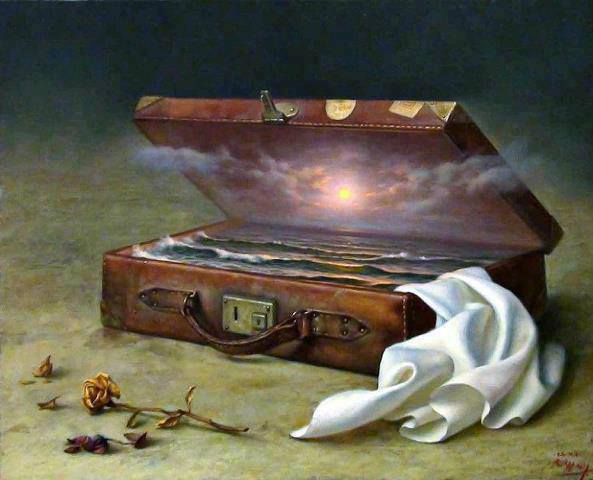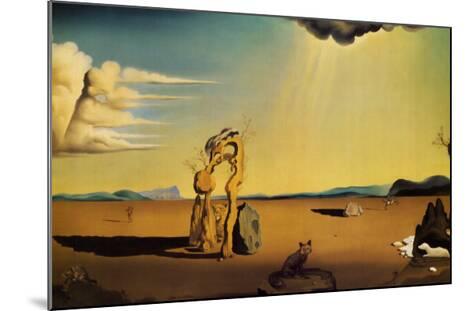
Pickaxe (Spitzhacke) Superimposed on a Drawing of the Site by E.L. In 1936 Leonora saw the work of the German surrealist. Carrington was also a founding member of the women's liberation movement in Mexico during the 1970s. She lived most of her adult life in Mexico City and was one of the last surviving participants in the Surrealist movement of the 1930s. Carrington was a British-born Mexican artist, surrealist painter, and novelist. Mary Leonora Carrington (Chorley, Lancashire 1917 – Mexico City, 2011). The bird’s advice can be detected in his work”. From time to time he consulted the eagle which had guarded the egg of his prenatal existence. He returned to life on 11th November 1918, a young man who wanted to become a magician and find the central myth of his age. In his own words: “Max Ernst died on 1st August 1914. Ernst’s service in the German army during World War I swept away his early success as an Expressionist. In autobiographical transcripts, written mostly in the third person, he said of his birth: “Max Ernst had his first contact with the world of sense on the 2nd April 1891 at 9:45 a.m., when he emerged from the egg which his mother had laid in an eagle’s nest and which the bird had incubated for seven years”.
#SALVADOR DALI FEMME A LA FENETRE FULL#
As a child living in a small community near Cologne, Ernst had considered his existence incredible and full of wonders. Originally a Dada activist in Germany, Max Ernst (1891 - 1976) became one of the early adherents of the Surrealist circle. La Dame Ovale is an original modern rare book written by Mary Leonora Carrington (Chorley, Lancashire 1917 – Mexico City, 2011) and illustrated by Max Ernst (1891 - 1976) in 1934.

He strove to make the world of his paintings persuasively real – in his words, to make the irrational concrete. As he expressed it, in his painting he aimed “to materialise the images of concrete irrationality with the most imperialistic fury of precision in order that the world of imagination and of concrete irrationality may be as objectively evident as that of the exterior world of phenomenal reality”. In his paintings, sculptures, jewellery, and designs for furniture and movies, Dalí explored a deeply erotic dimension, studying the writings of Richard von Krafft-Ebing (1840-1902) and Sigmund Freud, and conceiving what he called the “paranoiac-critical method” to abet his creative process.

The Surrealists’ examination of the human psyche and dreams reached new apices in the works of Spanish-born Salvador Dalí (1904-1989). Salvador Dalì (Figueres, 1904 - Figueres, 1989) and written in 1949. The book includes 117 pages with Seven full page color illustrations. Published by Pierre Seghers Editeur, Paris. About La Maison sans Fenêtres is an original modern rare book illustrated by Salvador Dalì (Figueres, 1904 - Figueres, 1989) and published in 1949.


 0 kommentar(er)
0 kommentar(er)
